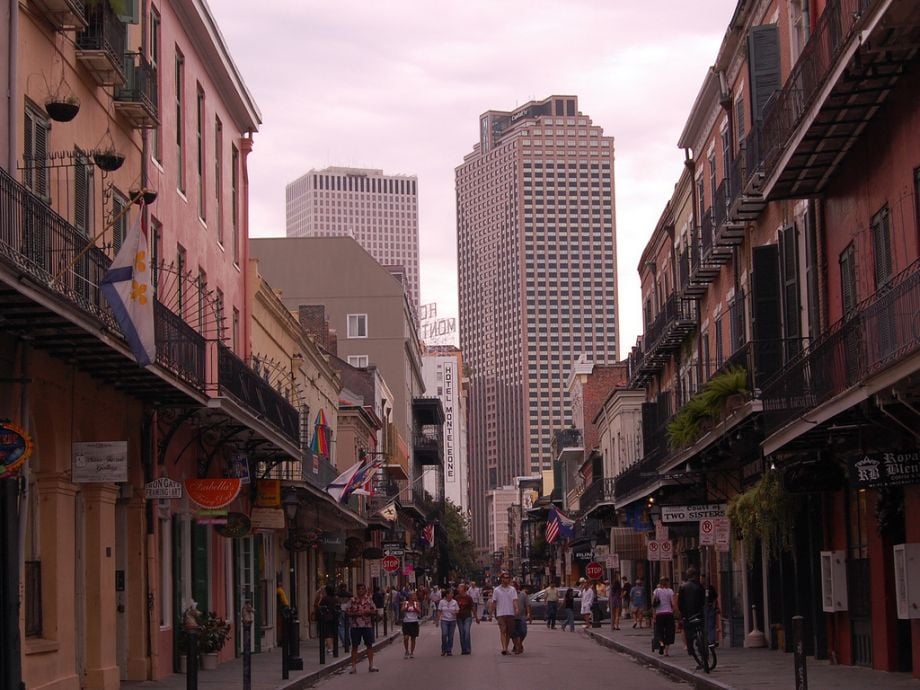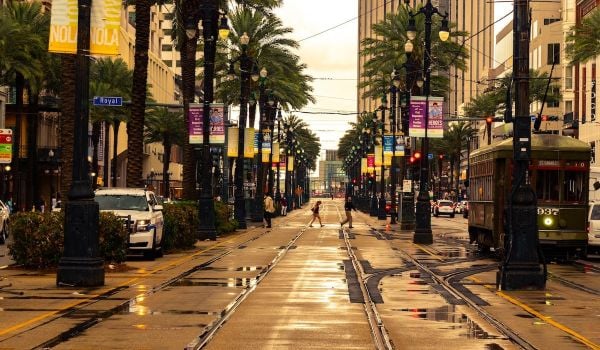For those looking for reliable indicators of real progress, or lack thereof, in New Orleans after Katrina, the New Orleans Index has been utterly indispensable. Created through a partnership between the Brookings Institution and the Greater New Orleans Community Data Center, the Index is now in its fifth year. For the latest installment of the Metro Matters podcast, NAC Editor-at-Large Diana Lind has interviewed the Brookings Institution’s Amy Liu, the report’s co-author.
This year’s installment of the report, including data about housing, education, the economy and land use, has much good news to report from the Crescent City as it recovers from not one, but three major disasters: Katrina, the Great Recession and the BP oil spill, including the following:
- The greater New Orleans metro area has recovered more than 90 percent of its pre-storm population. – There was relatively mild job loss during the recession. – There is emerging growth in knowledge-based industries, shaking up the traditional economic hierarchy of tourism, oil and gas, and shipping. – Average wages grew by nearly 14 percent in the last five years. – Air quality has improved. – Sweeping changes have been made in the school and criminal justice systems, involving new approaches and increased oversight.
But the area still must focus on addressing certain challenges in order to ensure long-term and transformative improvement. Areas of concern include:
- A lack of college-educated workers, which still lags behind the national average at 23 percent. – Stark social and economic disparities; black households earn incomes that are 22 percent lower than whites. – Ongoing coastal wetlands erosion. – High and increasing levels of violent and property crimes in the city of New Orleans.
Above all, the report acknowledges the large influx of talent and capital to the city, and identifies a shift from a phase where “social and economic activites return to pre-disaster levels or greater” to a period of “betterment and development reconstruction to build prosperity.”
Listen to the podcast here, and be sure to And don’t forget to subscribe to Metro Matters in iTunes so you’ll never miss an episode.














